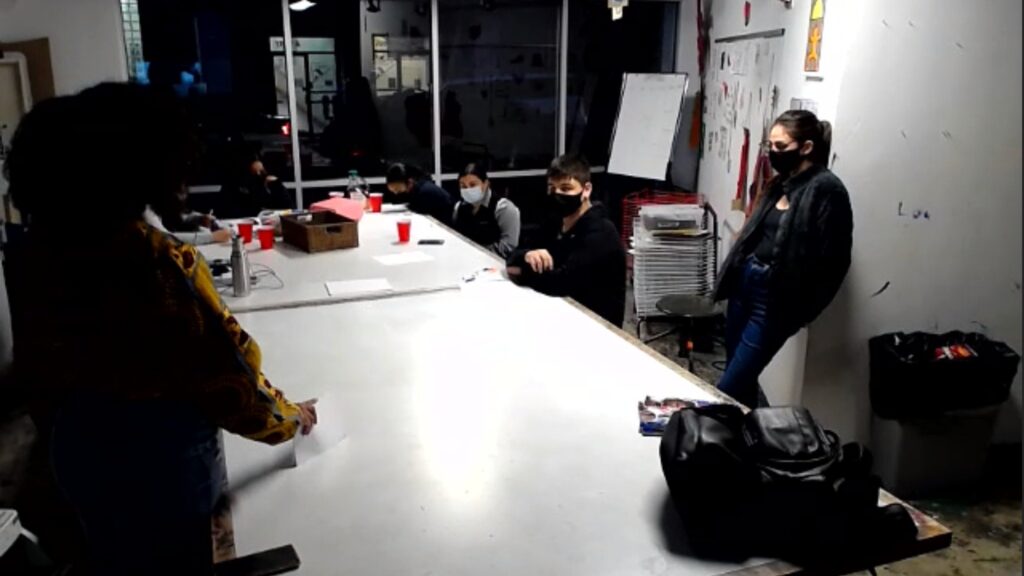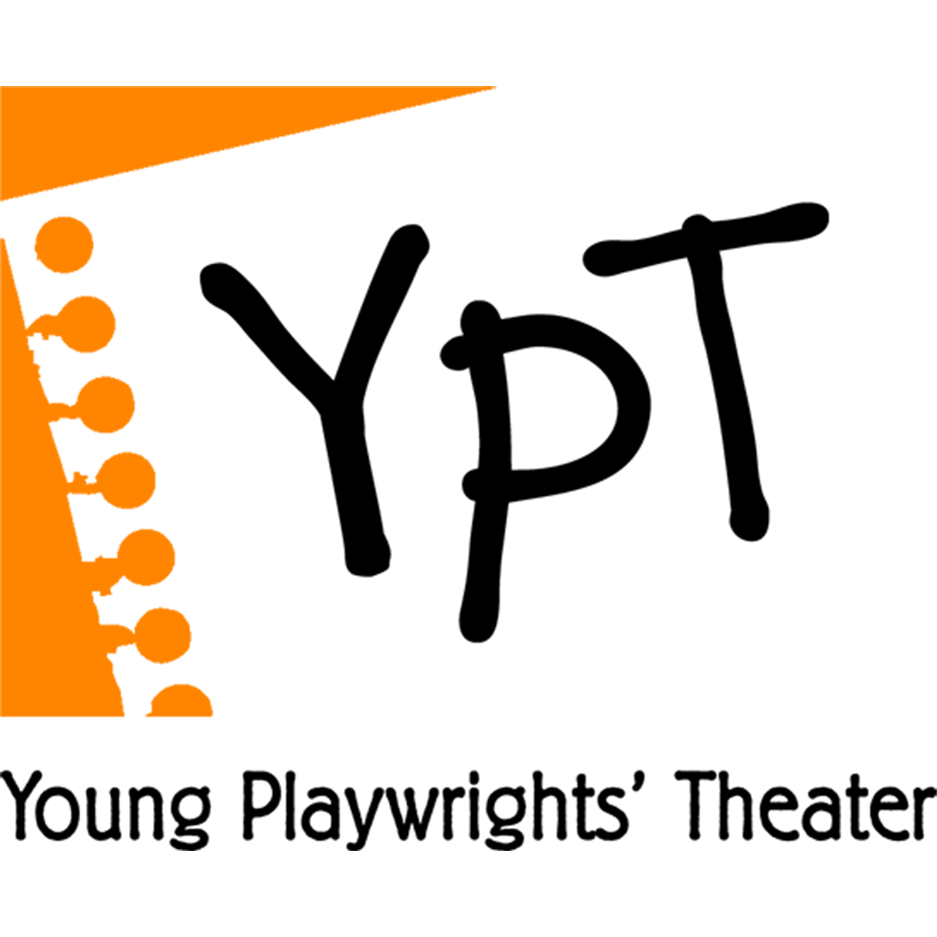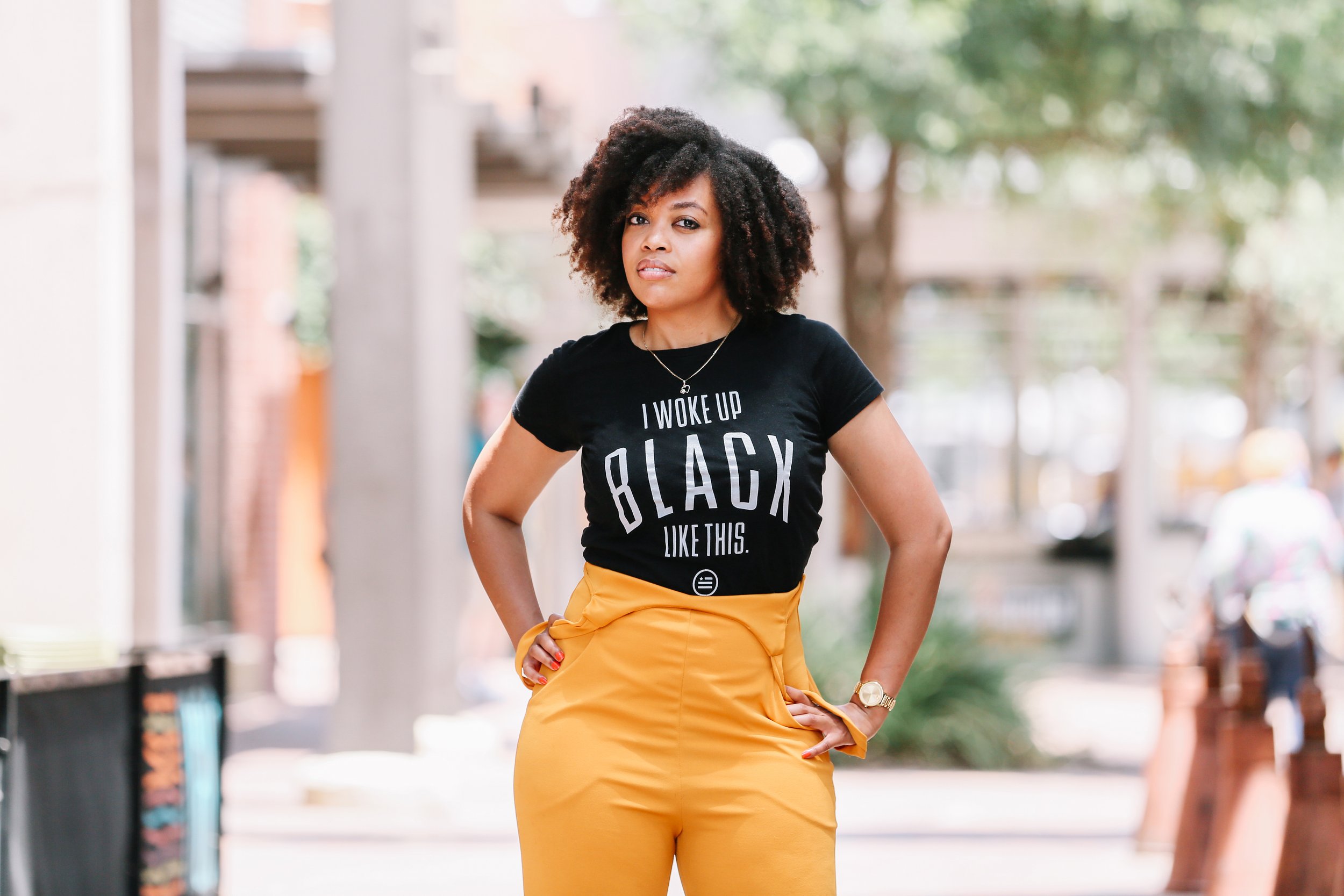Through the years, YPT has worked with youth through year-long arts education programs, curating spaces and opportunities for young people to share their stories and express themselves. As we continue to integrate antiracism and social justice into the fabric of our work, YPT Education Director Jared Shamberger designed a program for young people that would utilize performing arts as a tool for social change. Jared envisioned Students Advocating for the Eradication of Racism (SAFER), an arts education program that could support passionate young people who wanted to creatively express their thoughts and ideas on social issues that matter to them while learning how to serve their communities.
SAFER began last fall in partnership with our long-time partner Sitar Arts Center in Washington, DC! Over the last few months, eight students gathered every other Friday after school to talk about mental health and public safety in the DC area in terms of race, gender, sexuality, and gentrification. As a program centering on social advocacy, it was important to involve both local artists and DC community leaders in helping our students achieve their goals.
Samantha Davis, Founder and Executive Director of Black Swan Academy, was one of four guest speakers whose presentation guided SAFER students toward an understanding of how to turn ideas into action through a social justice lens. Black Swan Academy is a DC-based organization founded by Samantha in 2013 that facilitates workshops that foster civic leadership and engagement for Black students in DC after school. These workshops materialize into real policy work, volunteerism, and mutual aid within the DC community and beyond. Here, we posed some questions to Samantha about her mission, work in social justice, and her vision for collaboration with YPT.
“…I was one of the few young Black people in spaces where the majority of the conversation was about young Black people.”
What inspired you to found Black Swan Academy?
At the time of the Trayvon Martin verdict, I was a 25-year-old Black woman student at American University, studying public policy, and while learning about it, also witnessed the various ways that policy and systems continue to fail Black youth. And at the same time, I was in professional spaces where I was doing a lot of advocacy work and so consistently saw that I was one of the few young Black people in spaces where the majority of the conversation was about young Black people. I work mostly and at the intersection of policy and youth development and do all of that through a lens of gender justice and racial justice. And that’s what the academy was created for: the purpose of giving Black youth the tools and the opportunities to be change agents in their communities and to decriminalize Black youth—Black people for the sake of Black liberation.

“The students’ responses during my presentation at SAFER were also very much rooted in systemic change…”
What encouraged you to speak with the students in YPT’s SAFER program, and what did you learn about YPT’s work with youth from your time with SAFER students?
Any opportunity to engage young people, particularly young people of color, in the work that other young people are doing is an opportunity for us to build that power for us to shed light on yet another story on yet another experience and to get real input and critique over the type of solutions that we’re pushing forward.
My experience speaking with students in SAFER was one of inclusivity and centering the experiences of the most marginalized. Like Black Swan Academy, SAFER is very much grounded in who’s in this space and whose stories need to be told. Both Black Swan Academy students and SAFER students had drawn on their experiences of living east of the river or their experiences of being BIPOC young people or their experiences of being queer or coming from immigrant backgrounds. And so, that is something that we need more of—particularly in new spaces—and showing that young folk are proud about who they are and where they come from.
The students’ responses during my presentation at SAFER were also very much rooted in systemic change and not so much an individual or personal responsibility. Their commitment to identifying the issues at a systemic level resonated deeply with me and with the work that we do at Black Swan Academy.
“Overall, my hope for youth is safety.”
What do you look forward to seeing from students’ work in SAFER? What are your hopes for the youth today?
I’d love to see how they are going to develop their own campaigns on whatever level and move that forward, and I would love to be able to support the creation and the development of that. There’s room for convening and networking. We are also creating a number of coalition spaces for young folks across the city. So these students strike me as a group of young folks who might be interested in getting to know other folks who are just as committed to doing some of their social justice as they seem to be.
Overall, my hope for youth is safety. I want to help young folks to feel safe and want the same for their communities, and I want them to have access to all that they need for that to be true.
To learn more about Black Swan Academy, visit blackswanacademy.org.
SAFER students will continue to meet this semester at Sitar to apply what they’ve learned in the fall and devise a public performance project for their community campaign exploring aspects of and advocating for public safety this spring. To learn more about SAFER, visit yptdc.org/youth. Join our mailing list for updates and to learn more about how to support their work.
Photo: Samantha Davis, Founder and Executive Director of Black Swan Academy

